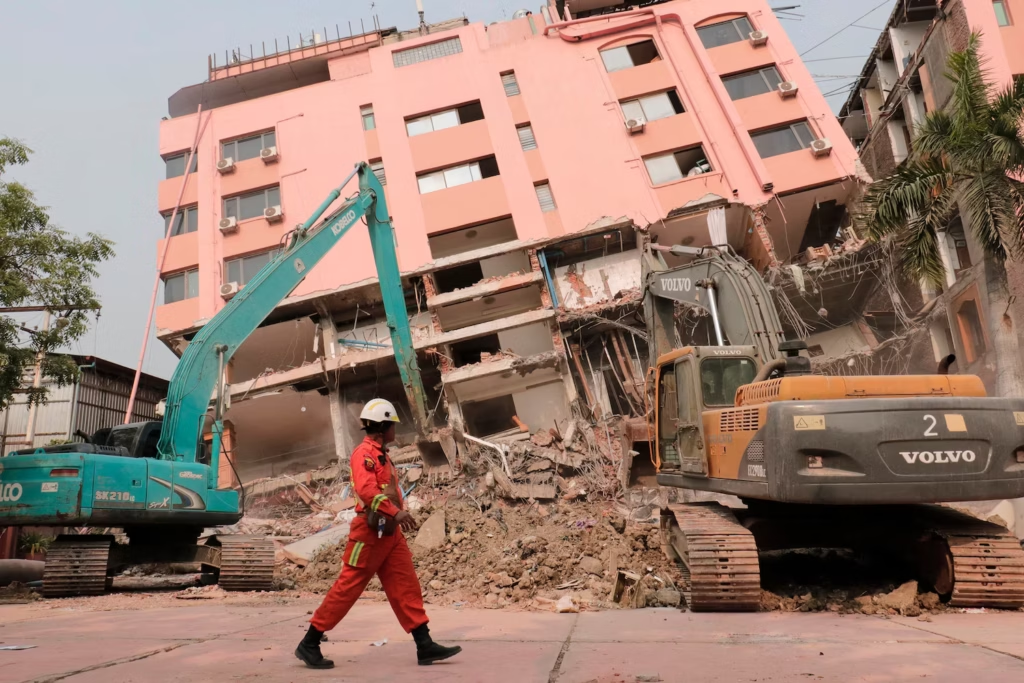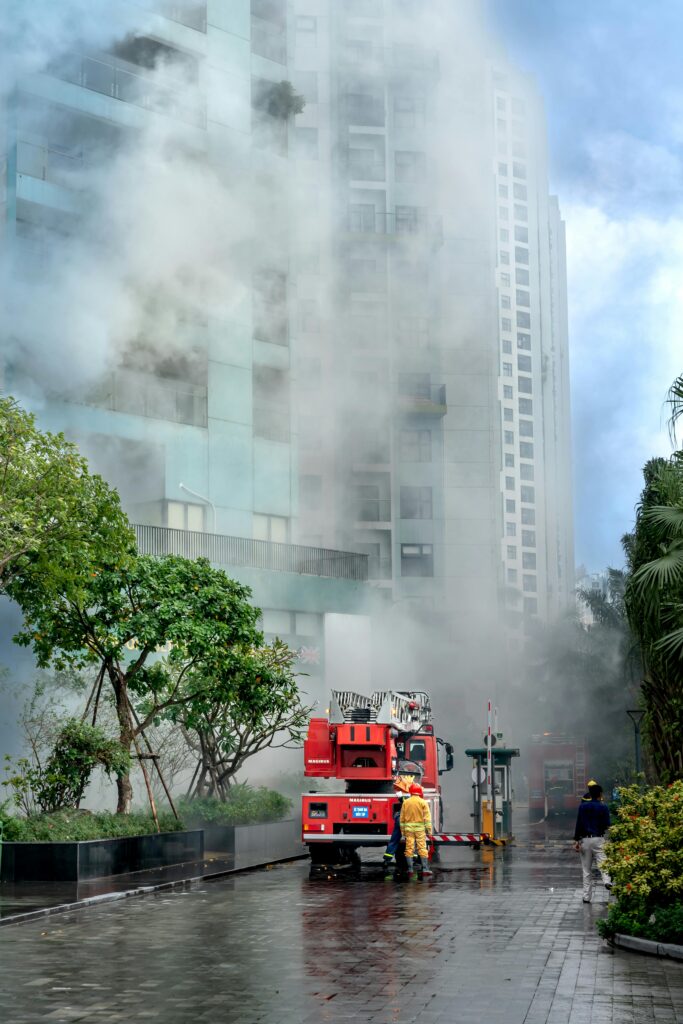- +63 917 870 3486
- admin@pad1925.com
- Muntinlupa City, National Capital Region 1781, Philippines
Disaster Preparedness and Emergency Response:
What Every Business Needs to Know
Disclaimer: This blog post was created with the assistance of artificial intelligence. The content has been reviewed and edited by humans to ensure accuracy and readability.
Natural disasters, including earthquakes, are unpredictable—but your business’s response doesn’t have to be. As a business owner or executive, the safety of your employees, assets, and operations depends on how well-prepared you are before disaster strikes. The time to act is now.
Why Disaster Preparedness Matters
Every year, natural disasters cause billions of dollars in damage and disrupt thousands of businesses. In the Philippines and across Southeast Asia, earthquakes, typhoons, and floods are becoming more frequent and severe due to climate change.
For businesses, this means:
- Operational downtime
- Loss of customer trust
- Employee safety risks
- Potential regulatory non-compliance.
A well-prepared business can weather these challenges and recover faster than one caught off-guard.
Key Components of a Disaster Preparedness Plan
To safeguard your company, here are the essential elements of a disaster preparedness plan:
✅ 1. Risk Assessment
- Identify potential natural disaster threats (earthquake zones, flood-prone areas).
- Analyze how these events could impact operations.
✅ 2. Emergency Response Protocols
- Develop evacuation procedures and emergency communication plans.
- Assign roles and responsibilities to staff members.
✅ 3. Training & Drills
- Conduct regular safety drills, especially earthquake and fire drills.
- Provide first-aid and basic disaster response training.
✅ 4. Business Continuity Plan (BCP)
- Outline strategies to maintain essential functions during a disaster.
- Include data backup and remote working options.
✅ 5. Supply & Resource Management
- Maintain emergency kits, medical supplies, and food and water reserves.
- Partner with security consultants to ensure compliance with industry standards.
Special Considerations for Earthquake Preparedness
Earthquakes strike without warning. Here’s what every business should implement:
- Anchor heavy furniture and equipment to walls or floors.
- Install automatic shut-off valves for gas lines.
- Reinforce building structures, especially for older offices.
- Designate safe zones and post evacuation maps in visible areas.
Encourage employees to follow the Drop, Cover, and Hold On technique.
Protecting People and Profits
An effective emergency response plan not only protects lives but also preserves your company’s reputation and financial stability. Don’t wait for a crisis to reveal your vulnerabilities.
Get Expert Help
Our team of security consultants can help you evaluate risks, train your staff, and build a customized disaster preparedness plan tailored to your business.
📞 Contact us for more information.
🔔 Follow us for more disaster preparedness tips and insights.




